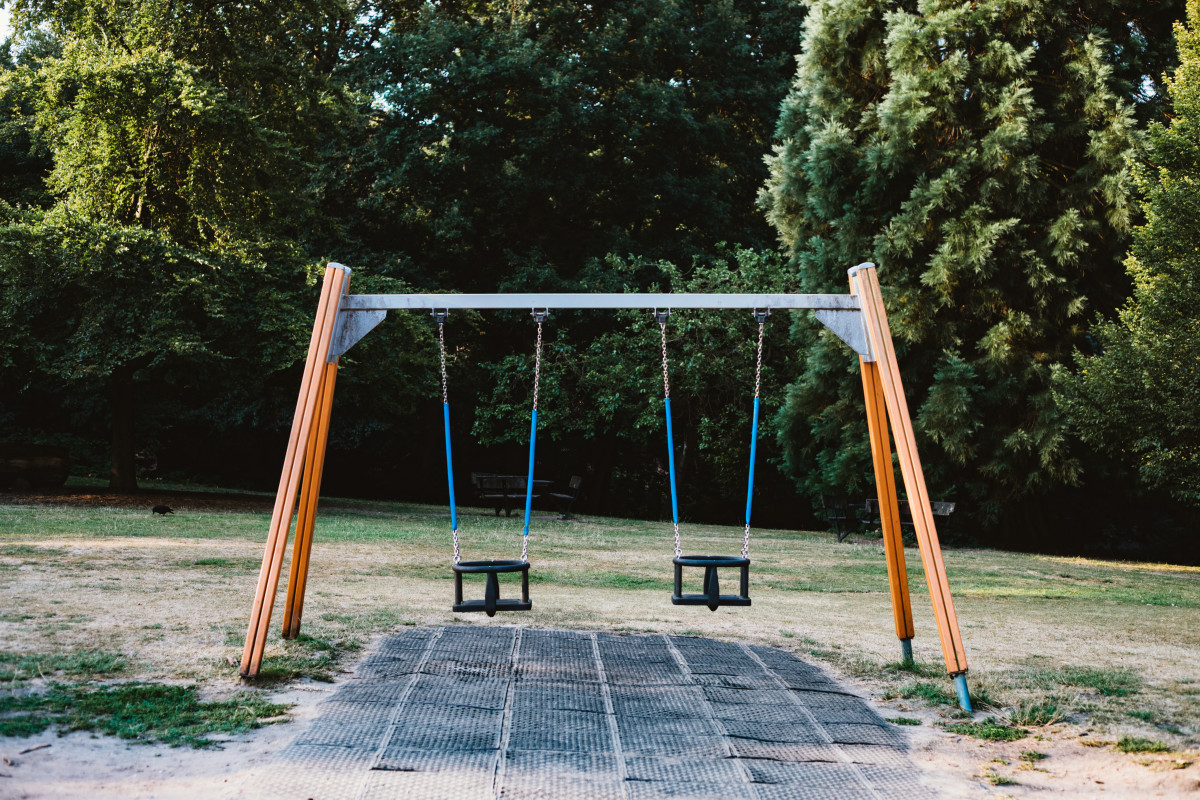A stark new study published on May 7 in Nature laid bare the extreme climate crises that today’s children will face throughout their lives.
Researchers analyzed the increasing level of human exposure to extreme weather events such as crop failures, cyclones, droughts, floods, heatwaves, and wildfires. They determined that people born in 2020 are two to seven times more likely to witness “one-in-10,000-year events” throughout their lifetime than people born in 1960.
If global warming continues at the current rate, it will reach 4.9 degrees Fahrenheit by 2100. But if the world were to warm even quicker than that, temperatures could reach 6.5°F by 2100. That, in turn, would mean that 92 percent of today’s five-year-olds will at some point in their lives experience a deadly heat wave. Twenty-nine percent will experience crop failure, while another 14 percent will see floods in their lifetime. In comparison, only 16 percent of people born in 1960 have experienced serious heat waves in their lifetime.
Related: Ancient Culture Used Hallucinogens as Control Device, Study Claims
“By stabilizing our climate around 1.5°C [2.7°F] above pre-industrial temperatures, about half of today’s young people will be exposed to an unprecedented number of heatwaves in their lifetime. Under a 3.5°C [6.5°F] scenario, over 90 percent will endure such exposure throughout their lives,” explained Luke Grant, a physical scientist at the Canadian Centre for Climate Modeling and Analysis and the study’s lead author. “The same picture emerges for other climate extremes examined, though with slightly lower affected fractions of the population. Yet the same unfair generational differences in unprecedented exposure is [sic] observed.”
Researchers found that the most vulnerable locations were around the United States, South America, Sub-Saharan Africa, and East Asia. Unsurprisingly, those in economically vulnerable areas are expected to be the hardest hit by the climate crisis in the coming years. “Living an unprecedented life means that without climate change, one would have less than a one-in-10,000 chance of experiencing that many climate extremes across one’s lifetime,” Grant said. “This is a stringent threshold that identifies populations facing climate extremes far beyond what could be expected without man-made climate change.”
Related: Archaeologists Find ‘Treasure Trove’ of Bronze and Iron Age Artifacts
Though Grant and his team specified that their research is not yet complete, with modeling still needing to be done to map climate change’s impacts on fertility, mortality, or migration, experts have been quick to respond to the study. Rosanna Gualdi and Raya Muttarak, who work with the Department of Statistical Sciences at Italy’s University of Bologna, said the research “reveal[s] an alarming intergenerational gap” in terms of extreme climate exposure.
“If greenhouse gases continue to be emitted into the atmosphere at current rates, global warming will intensify and today’s children will be exposed to increasingly frequent and severe climate-related hazards,” Gualdi and Muttarak wrote. “The actions taken today to reduce emissions are therefore crucial in shaping the climate future of current and coming generations…Neglecting it jeopardizes the future of our children.”
